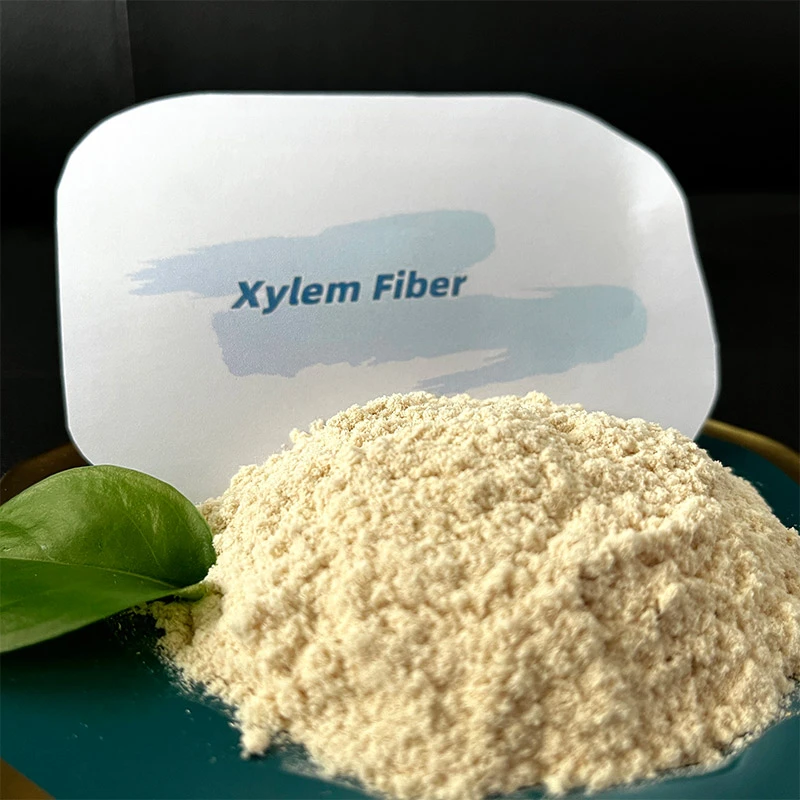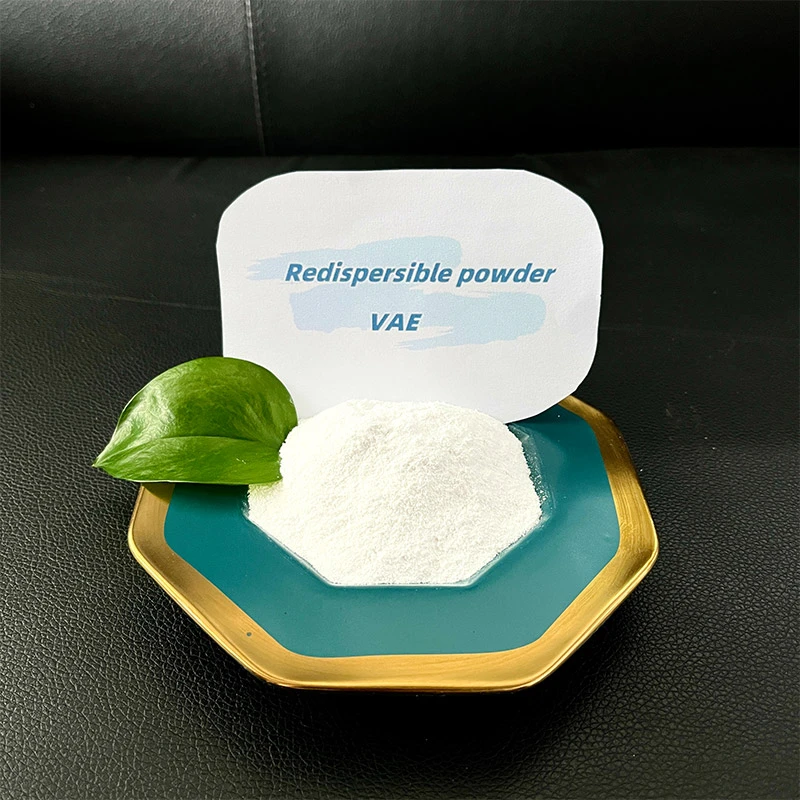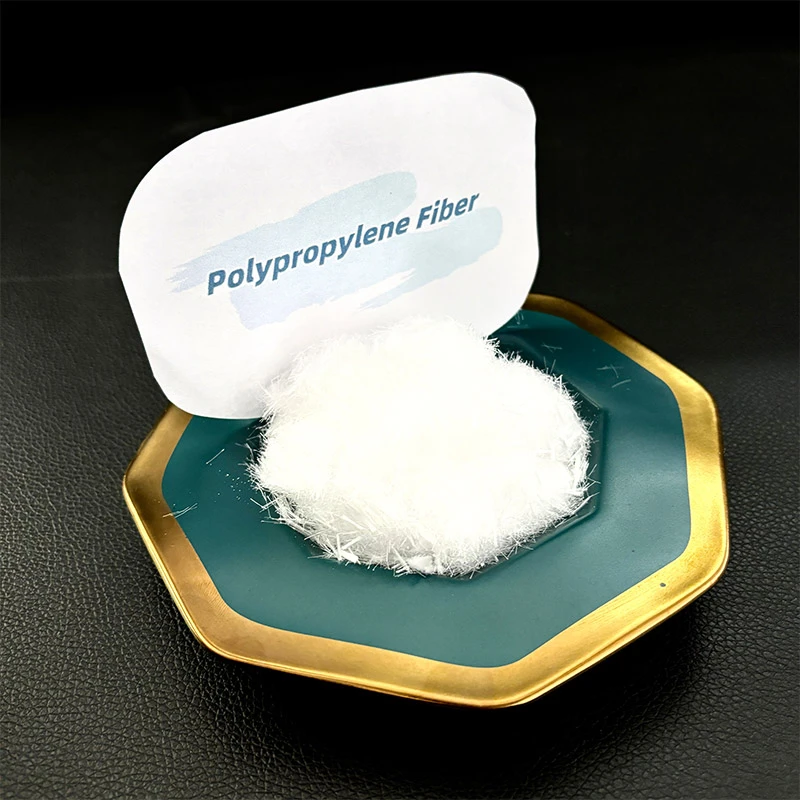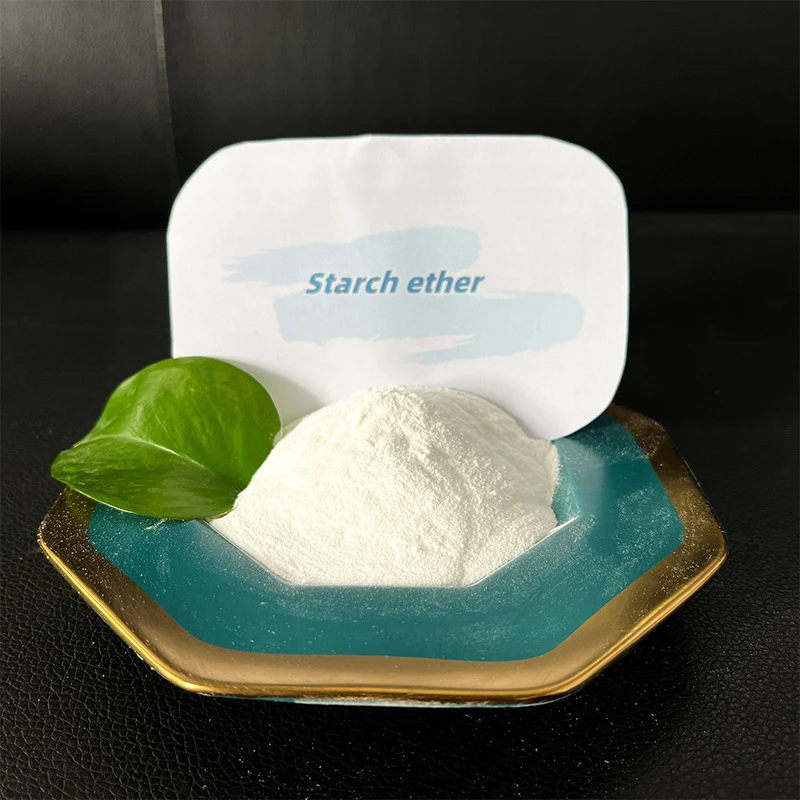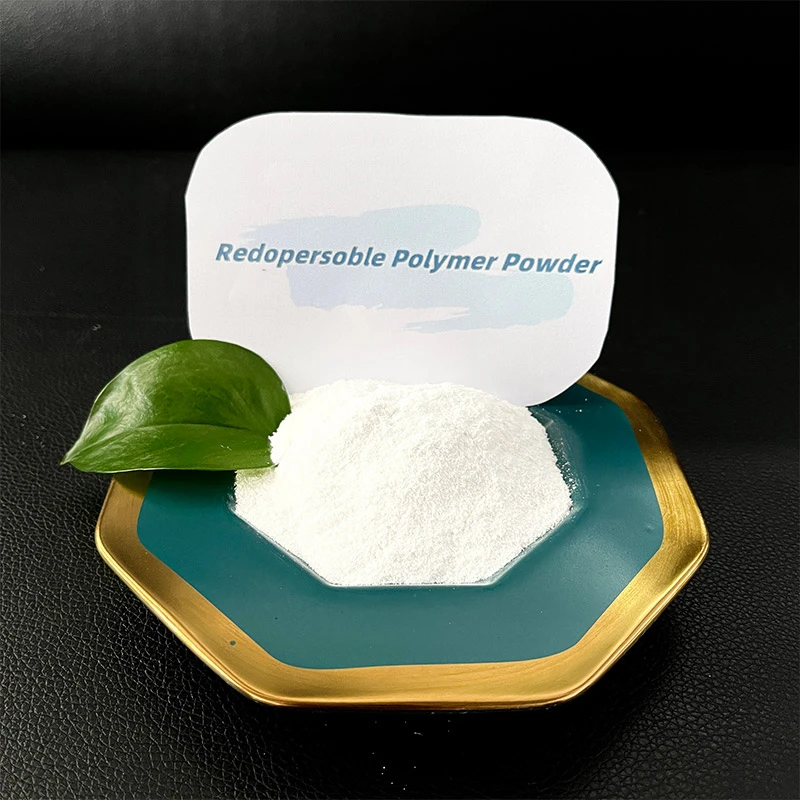
-

Ntxiv: HeBei ShengShi HongBang Cellulose Technology CO., LTD.
-

Email
13180486930@163.com -

Tiv tauj peb
+86 13180486930

Blending Fibre Natural and Synthetic for Performance
Innovative material engineering is transforming industrial textiles, and strategic blending of fiber ntau natural thiab hluavtaws unlocks unprecedented durability, cost efficiency, and functionality. We specialize in bulk solutions that harness this synergy, offering premium polypropylene fiber ntau rau kev muag khoom alongside other key synthetics to empower manufacturers seeking scalable, high-performance materials for demanding applications.
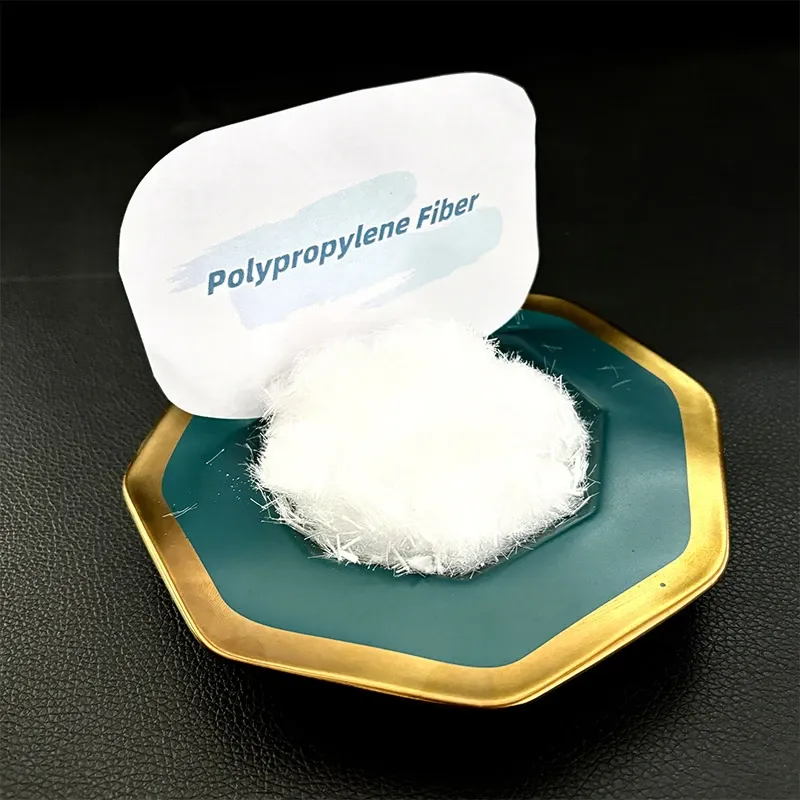
The Science of Blending: Natural and Acrylic Fibers for Enhanced Performance
Blending fiber ntau natural thiab hluavtaws creates composite materials that transcend the limitations of single-fibre textiles. Natural fibres—like cotton, hemp, or jute—deliver breathability, biodegradability, and tactile comfort, while synthetics such as acrylic fiber ntau los yog polypropylene fiber ntau rau kev muag khoom contribute resilience, weather resistance, and structural integrity. For instance, integrating polypropylene into jute blends drastically reduces moisture absorption, a critical advantage for agricultural packaging exposed to humid environments. Our wholesale programmes facilitate tailored fibre ratios for diverse industrial sectors, from automotive interiors requiring flame retardancy to geotextiles demanding long-term soil stabilization. The synergy elevates tensile strength while preserving environmental goals, allowing bulk buyers to engineer region-specific solutions—like tropical-grade blends resisting fungal growth or arctic-compatible composites maintaining flexibility in sub-zero temperatures. Technical consultations accompany bulk orders, ensuring optimal performance alignment with project specifications.
Leveraging Five Types of Synthetic Fibres in Hybrid Textiles
Mastering the core five types of synthetic fibres—polyester, nylon, acrylic fiber ntau, polypropylene, and elastane—is essential for designing advanced hybrid textiles. Each synthetic brings irreplaceable properties: acrylic fiber ntau excels in thermal insulation for outdoor gear blends, while polypropylene fiber ntau rau kev muag khoom offers chemical inertness ideal for medical textiles or filtration systems. Synthetic jute, engineered from polymers, replicates natural jute’s texture but enhances consistency and mildew resistance, making it invaluable for export packaging or reinforced composites. When blended with natural fibres, these synthetics mitigate weaknesses—like adding polypropylene to cotton to reduce shrinkage in industrial workwear. We supply all five synthetics in bulk quantities, supported by comprehensive technical documentation detailing attributes like thermal stability and abrasion thresholds. Real-world applications demonstrate extended product lifespans in abrasive environments, such as conveyor belts in mining or protective tarpaulins for construction.
Synthetic Jute: Revolutionizing Eco-Conscious Material Blends
Synthetic jute is redefining sustainable material solutions for wholesale buyers. Sourced from polypropylene fiber ntau rau kev muag khoom or recycled polymers, it mirrors natural jute’s eco-appeal while eliminating variability in weight and moisture sensitivity—crucial for high-volume manufacturing. Blending synthetic jute with fiber ntau natural thiab hluavtaws components (e.g., bamboo-polypropylene hybrids) yields tear-resistant fabrics for geotextiles or biodegradable planters. Our vertically integrated production guarantees rapid bulk order fulfillment, with options for custom enhancements like ultraviolet stabilization for outdoor furniture or antimicrobial treatments for healthcare textiles. Brands leveraging our synthetic jute report significant cost efficiencies versus pure natural fibres, without sacrificing circular-economy credentials, as these blends simplify recycling streams and reduce agricultural dependency.
Strategic Sourcing: Bulk Polypropylene Acrylic Fiber and Beyond
Optimizing blend performance hinges on strategic wholesale sourcing of core materials. Polypropylene fiber for sale remains indispensable for sectors prioritizing hydrophobicity and recyclability—think marine ropes, nonwoven medical fabrics, or automotive liners. We streamline bulk procurement of PP fiber alongside the full spectrum of five types of synthetic fibres, including niche-grade acrylic fiber ntau for acoustic panels and engineered synthetic jute for circular packaging. Our global logistics network ensures reliable, large-volume deliveries to manufacturing hubs, complemented by blend-validation testing. Partnerships with us unlock R&D advantages, such as substituting cotton with synthetic jute in upholstery to minimize water-intensive processes, aligning with evolving sustainability mandates.
FAQs about Fibre Natural and Synthetic
How does blending natural fibres with polypropylene fiber for sale improve cost efficiency?
Blending reduces reliance on price-volatile natural fibres while leveraging the economical production of polypropylene fiber ntau rau kev muag khoom, yielding substantial cost reductions in bulk manufacturing without compromising functional performance.
Which of the five types of synthetic fibres works best with natural jute substitutes?
Synthetic jute harmonizes exceptionally with nylon for elasticity-driven applications or acrylic fiber ntau for thermal insulation, creating versatile composites for furniture padding or technical textiles.
Can acrylic fiber enhance sustainability in blended textiles?
Absolutely. Acrylic fiber’s durability extends product longevity, reducing waste. Our recycled acrylic variants further diminish environmental footprints, supporting greener bulk production cycles.
What bulk quantities apply to synthetic jute orders?
We accommodate scalable volumes, with competitive pricing tiers activated at threshold quantities. Custom synthetic jute blends require minimum order volumes for feasibility.
How do I test blends using fibre natural and synthetic for my industry?
We provide tailored sample kits for real-world performance trials, alongside certified lab analyses assessing parameters like tensile endurance and environmental degradation
-
Ethyl Cellulose Powder as a Pharmaceutical BinderXov xwmJul.10,2025
-
Starch Ether For Construction: The Advanced Mortar Additive RevolutionXov xwmJul.10,2025
-
MHEC Cellulose in Cement-Based Renders and PlastersXov xwmJul.10,2025
-
Micronized Rubber Powder Dispersion TechniquesXov xwmJul.10,2025
-
Impact of Cream of Tartar Plaster Retarder on Final StrengthXov xwmJul.10,2025
-
Rubber Powder Durability in ConstructionXov xwmJun.26,2025
-
Properties of Starch EtherXov xwmJun.26,2025







